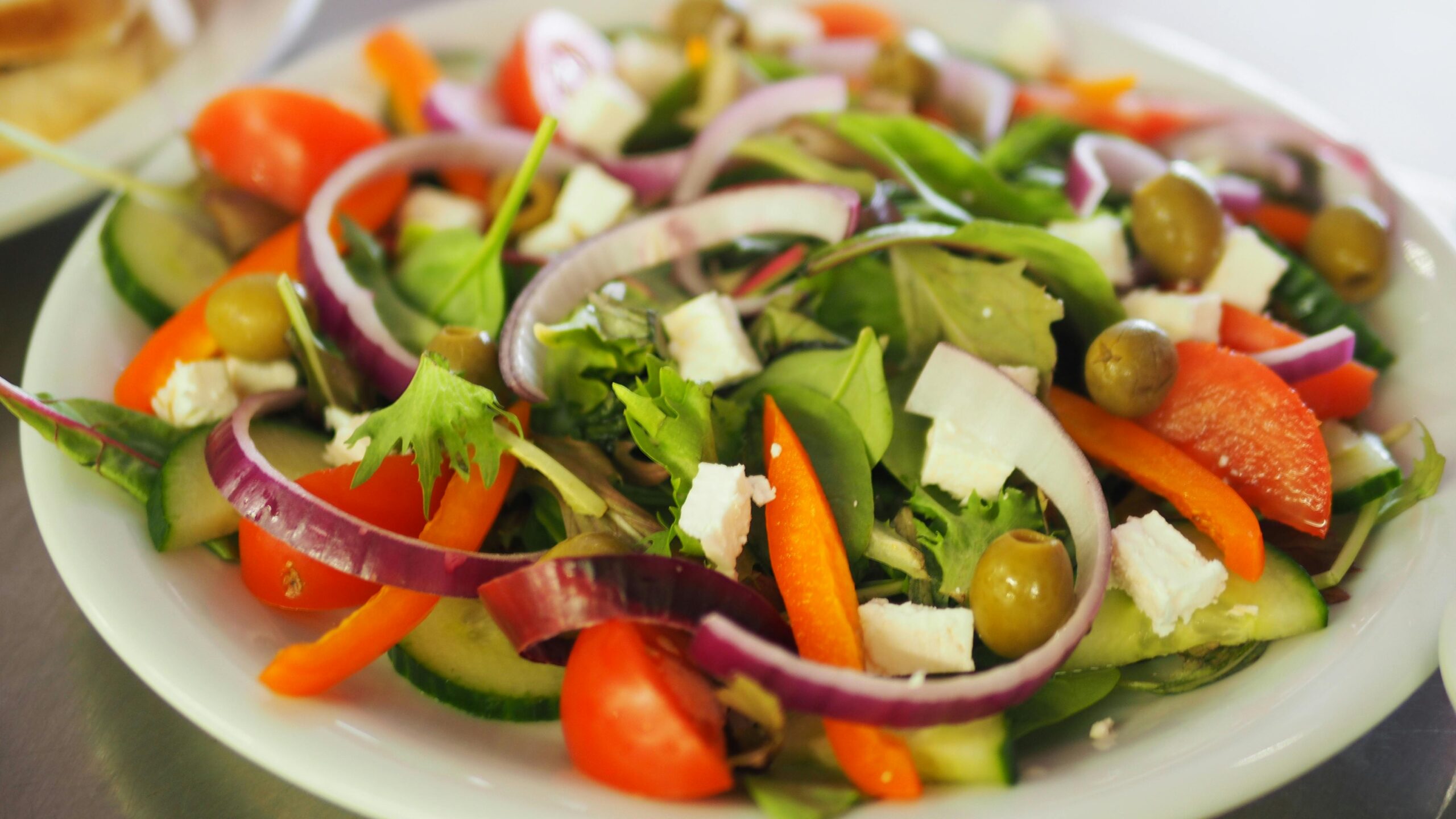
How often have you admired the colorful salad plates at your favorite restaurant and wished you could recreate the same magic at home? With the right techniques and tricks up your sleeve, you can elevate your homemade salads from mundane to magnificent. This article shares some essential salad hacks every home cook should know in order to prepare glorious salads that both look and taste incredible.
Pick The Perfect Base
While choosing salad greens, start by selecting a mix of leaves for varied textures, flavors, and colors. Prepackaged salad mixes like those offered by Taylor Farms are a good way to get an impressive variety of salad greens without buying, chopping (and then wasting much of) whole vegetables. Make sure that the leafy bases you select are crisp, not wilting, and don’t look crushed, too damp, or too dry.
Adding the Crisp
To get your salad as crisp as possible, a good trick is to immerse your leaves in ice-cold water for a few minutes before drying them. This will plump up the leaves and get rid of any wilting that might have started. When drying your leaves, use a salad spinner if you have one. If you don’t have a salad spinner, toss the leaves gently in a colander.
Dressing to Impress
When it comes to dressings, a handy ratio to remember is 3:1; three parts oil to one part acid. It’s the basic formula for a winning vinaigrette. That being said, don’t be afraid to experiment with different types of oils, vinegars, or citrus juices. Remember that the dressing should bring out the flavor of the salad ingredients and not overpower them. Always dress your salad just before serving. This will prevent your salad from becoming soggy, preserving the crunch of your vegetables.
Taste the Rainbow
Salads are a wonderful way to incorporate a variety of fruits, vegetables, seeds, and nuts into your diet. So, think beyond lettuce and cucumbers. Incorporate colorful fruits and veggies like red and yellow bell peppers, purple cabbage, and blueberries. Each color brings a different set of nutrients to your salad, making it a powerhouse of antioxidants and vitamins.
The Ideal Assembly
Believe it or not, the order in which you layer your salad can impact its taste and texture. Start with a layer of hardy, chunky vegetables at the bottom. Next, add grains or proteins such as rice, quinoa, or chicken. Soft veggies and fruits will be your next stratum. Lastly, top your salad with nuts, seeds, and dressing. If you’re adding proteins like cheese or chicken, they should go on top. This assembly order ensures your fragile ingredients don’t get squashed and your entire salad gets equally coated with dressing.
Power up with Protein
To make your salad a complete meal, it’s important to include a good source of protein. Leftover grilled chicken, beans, tofu, pork meatballs, or boiled eggs are great choices. If you’re a fan of fish, canned tuna or smoked salmon can add a lovely flavor without maxing out the meal’s calorie budget.
Cool Contrasts
Playing with texture by adding crunchiness with nuts or croutons, creaminess with cheeses or avocados, or even both, can elevate the character of your salads immensely. Additionally, pairing contrasting flavors, like the sweetness of sun-dried tomatoes with the tanginess of feta cheese, can help create a complex, satisfying taste profile.
In summary, creating extraordinary salads at home is an art you can master with a bit of practice and creativity. So, use these salad hacks and don’t shy away from inventing your own. Remember, salads are as much about joy and playfulness as they are about health and nutrition. Happy Tossing!